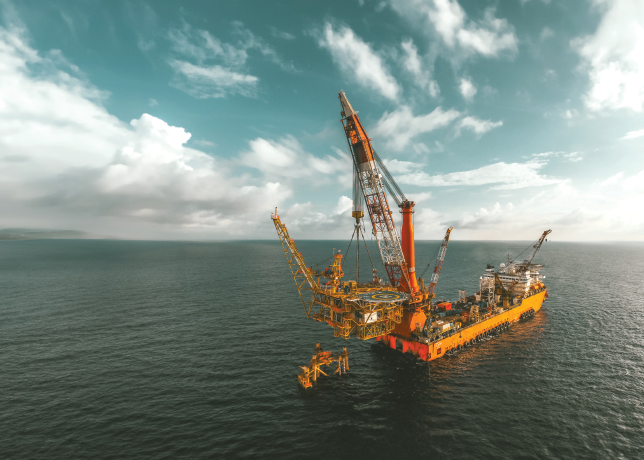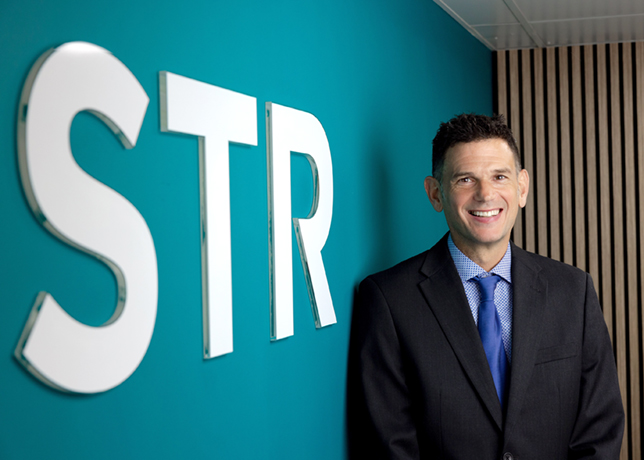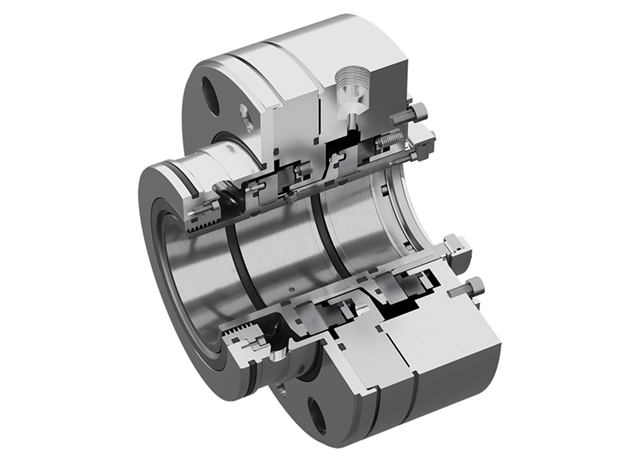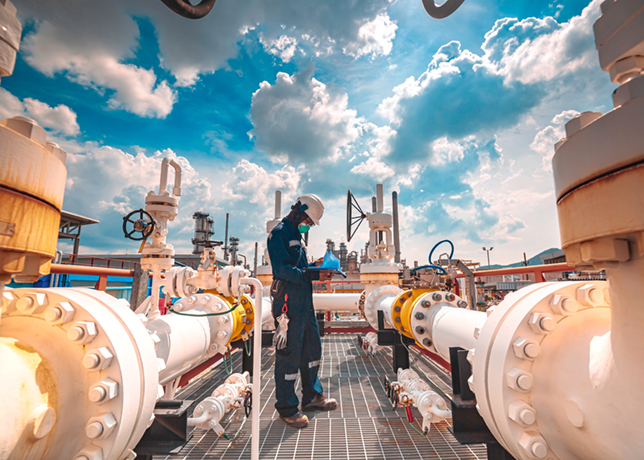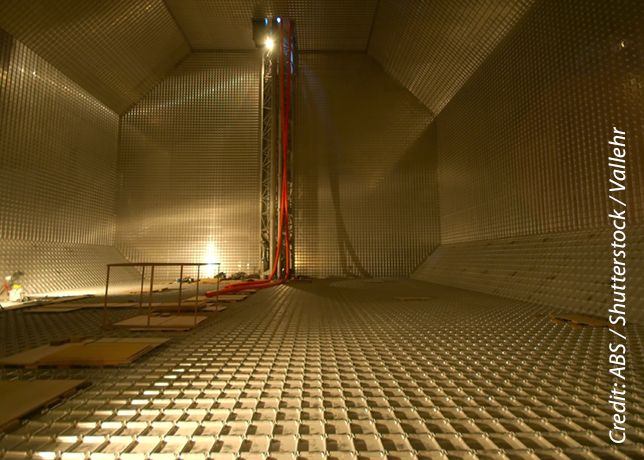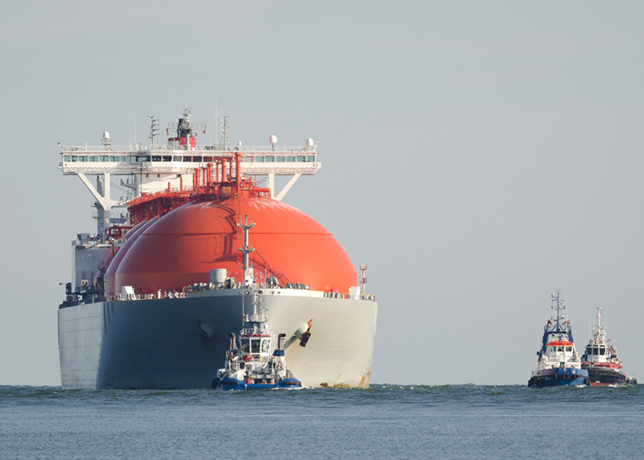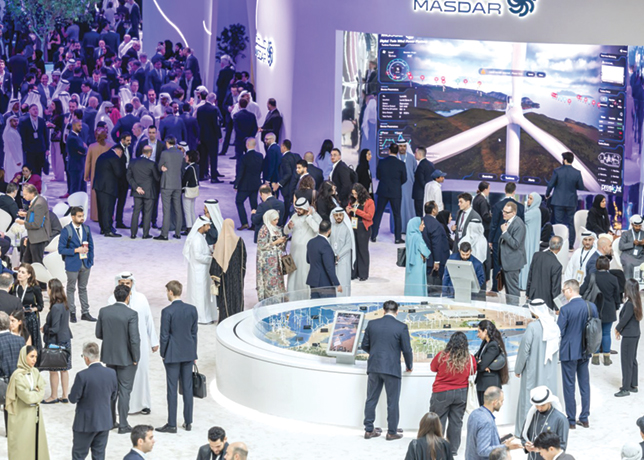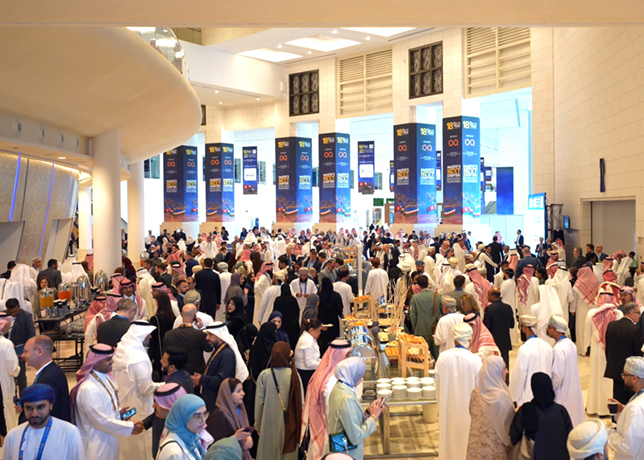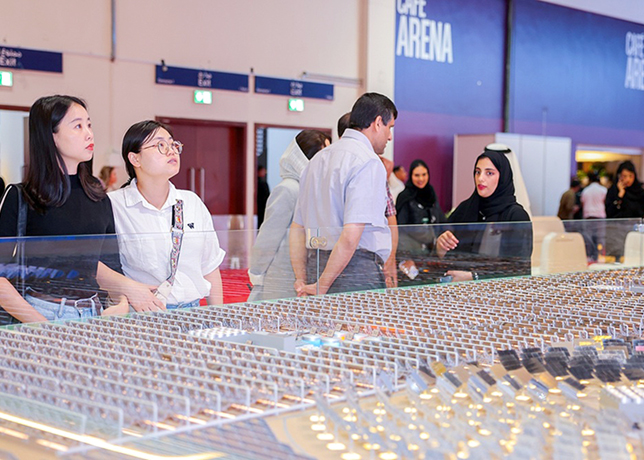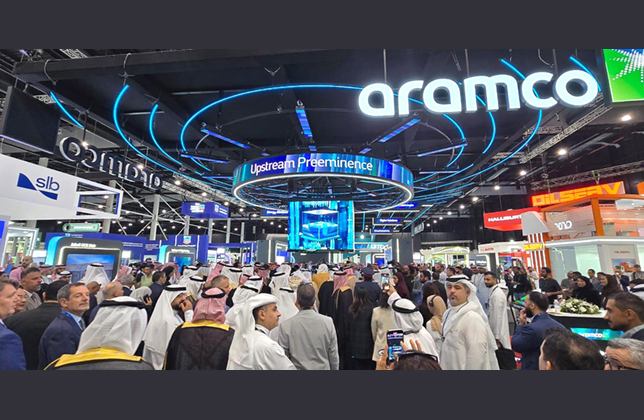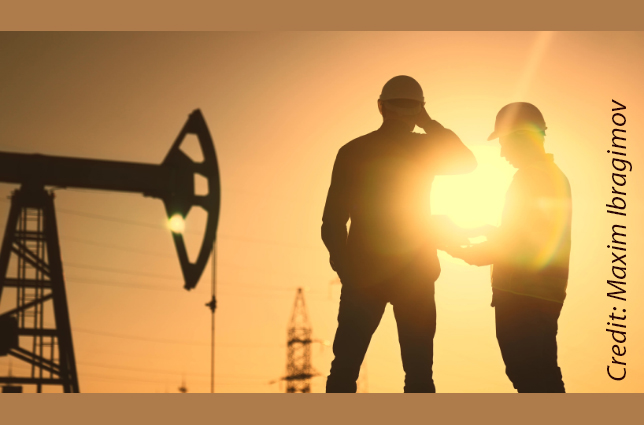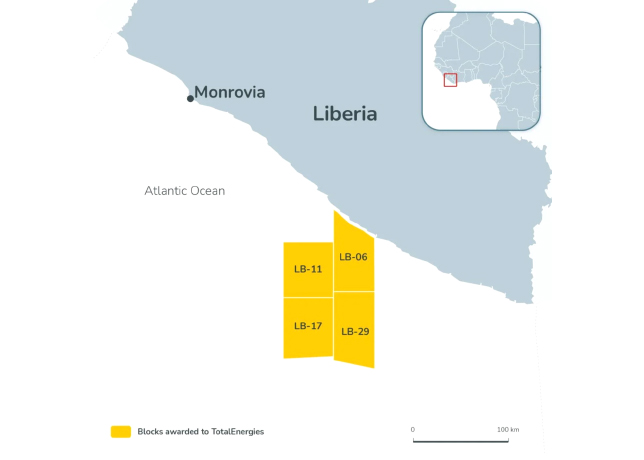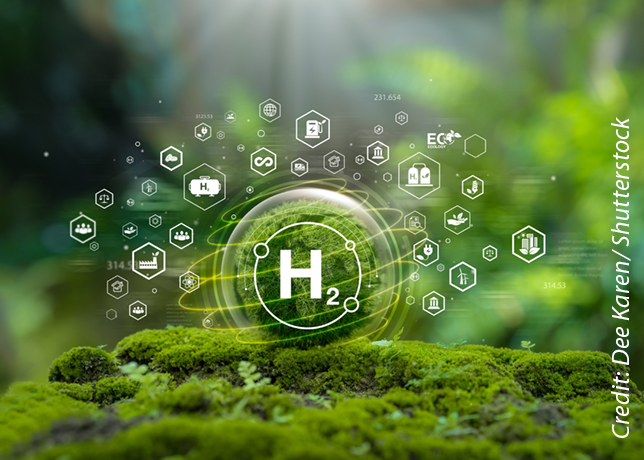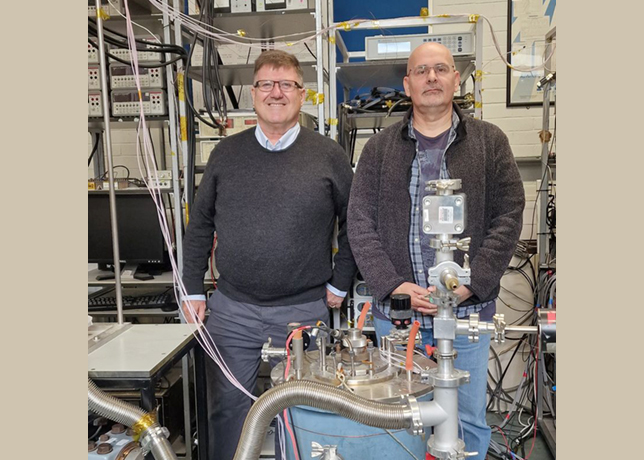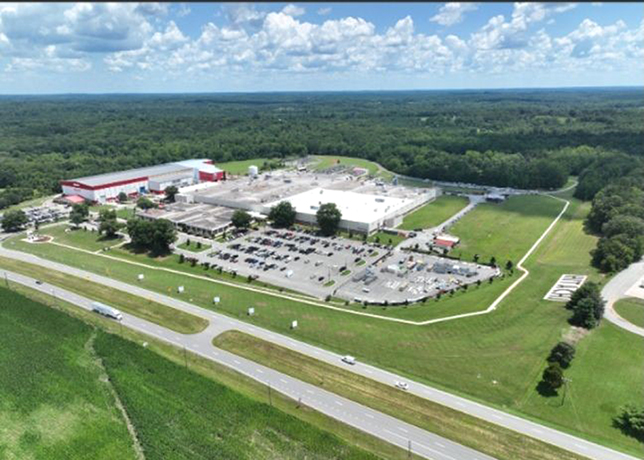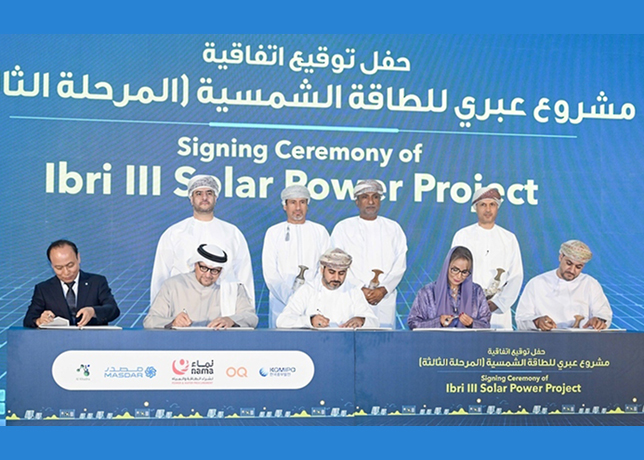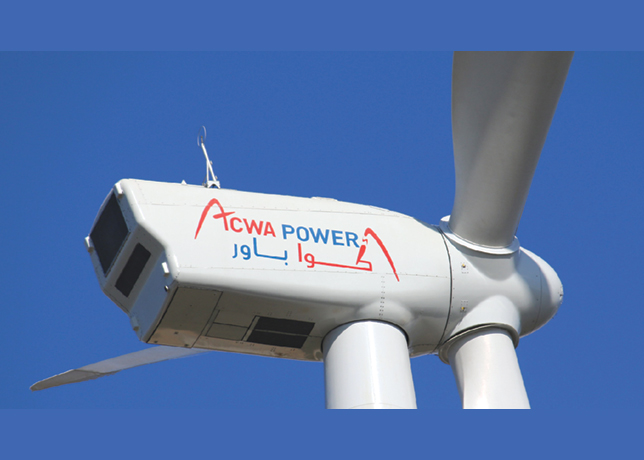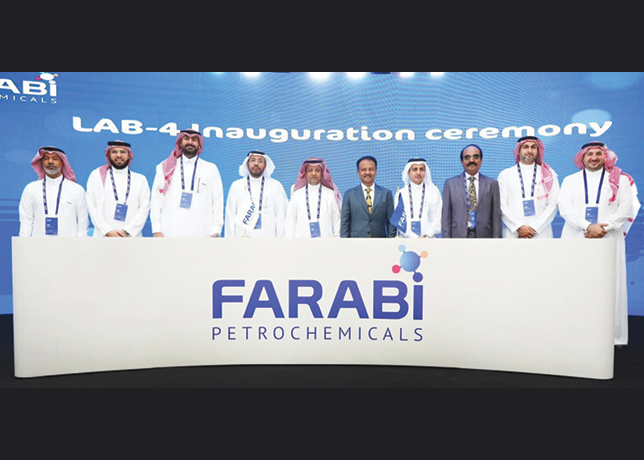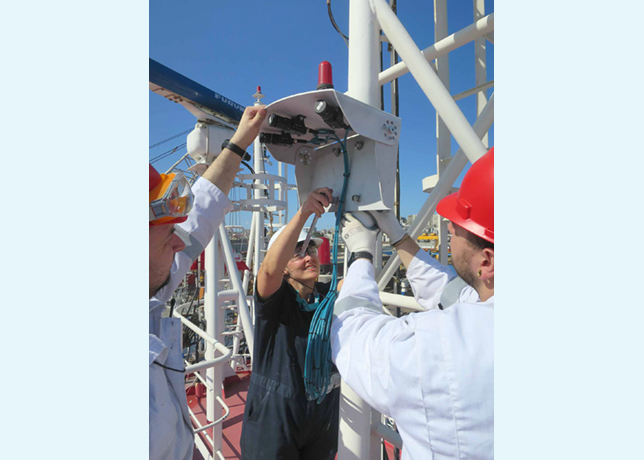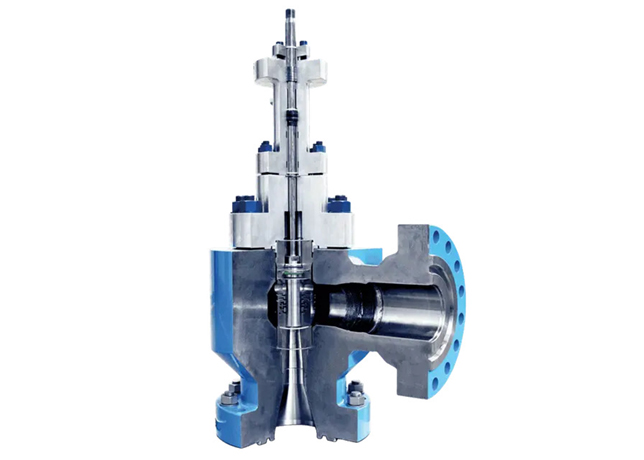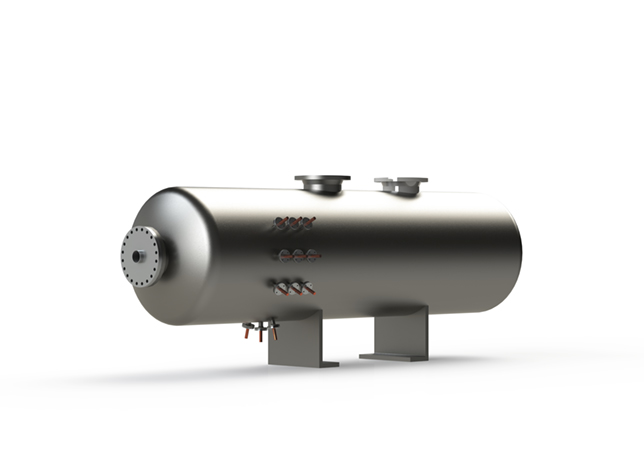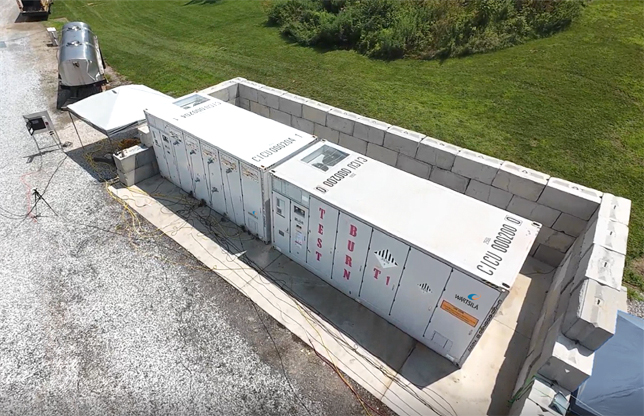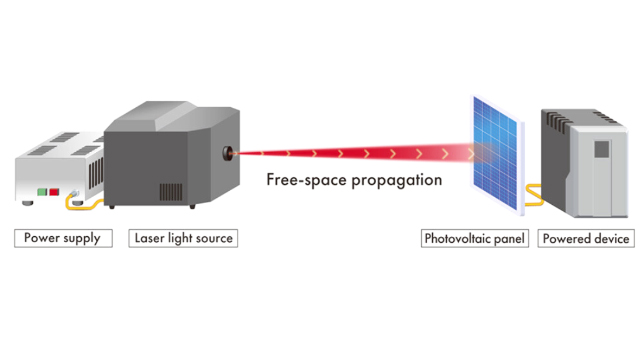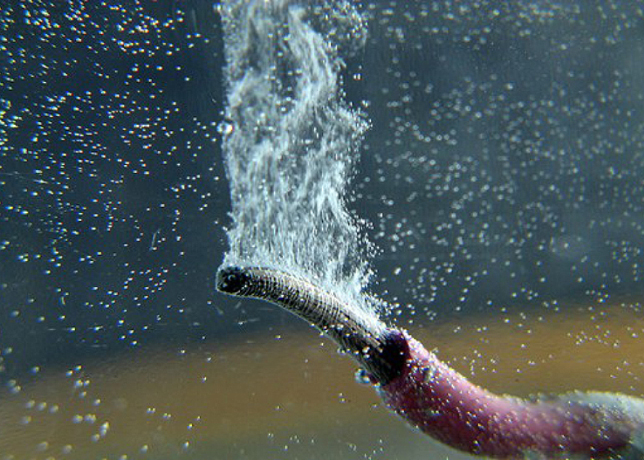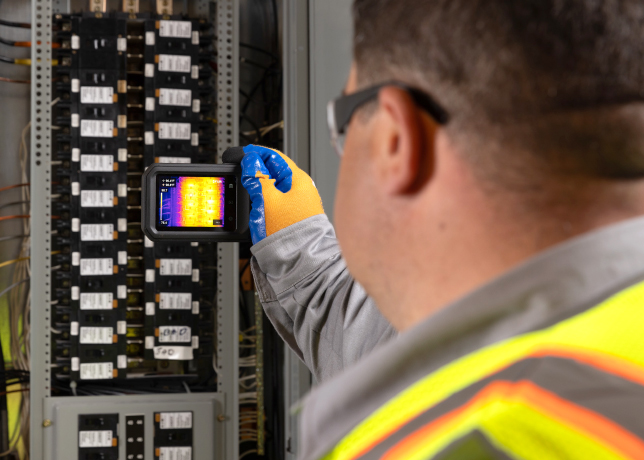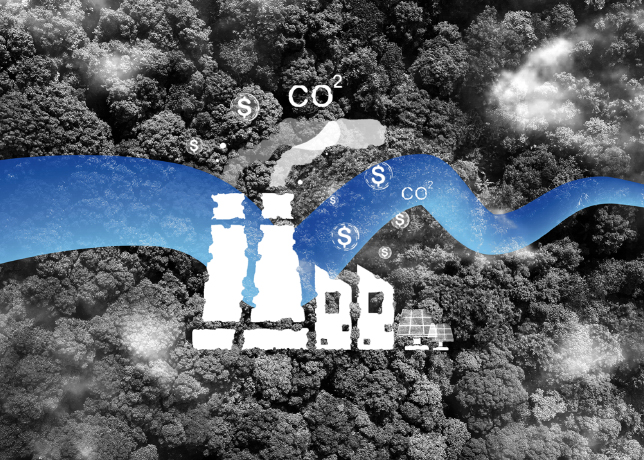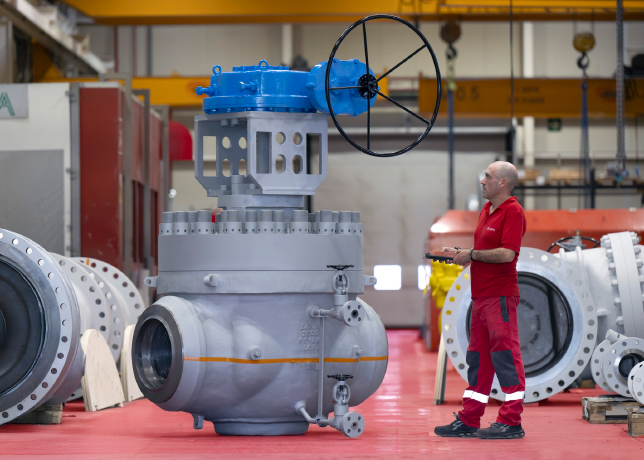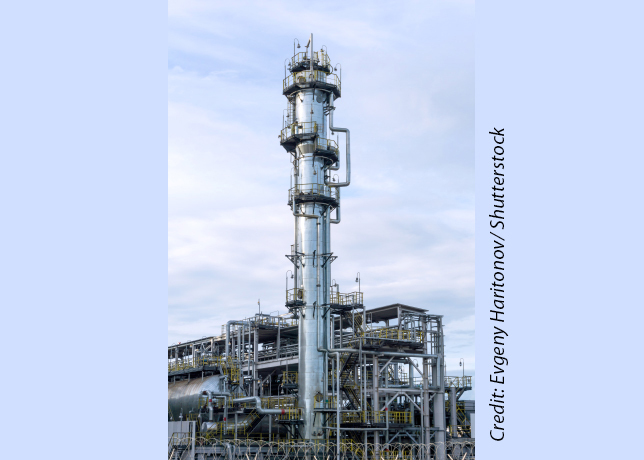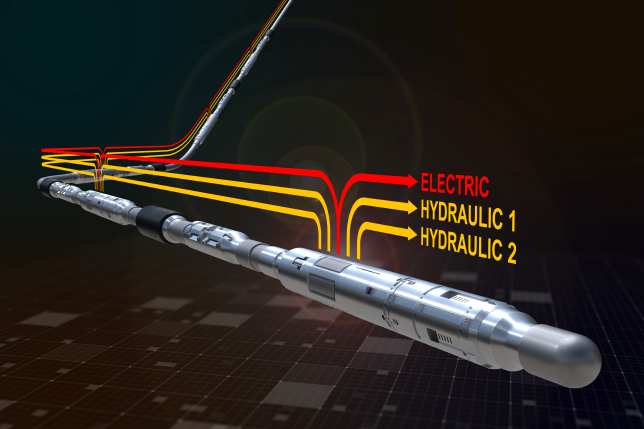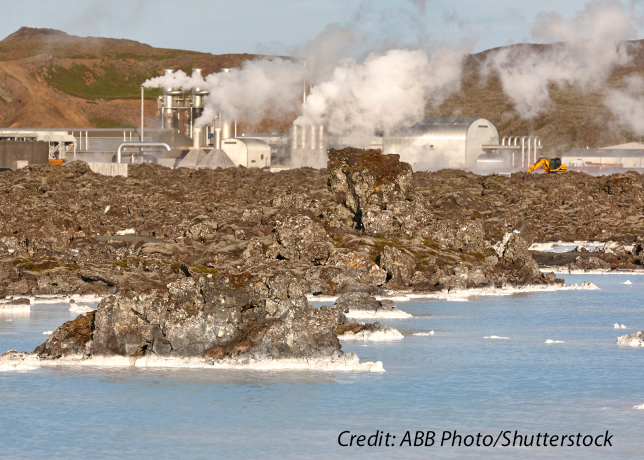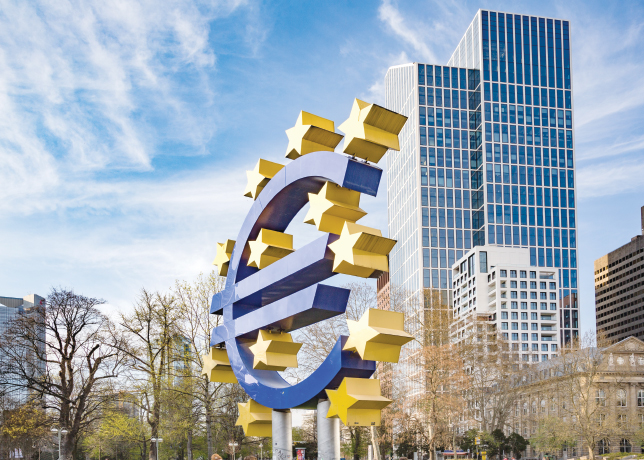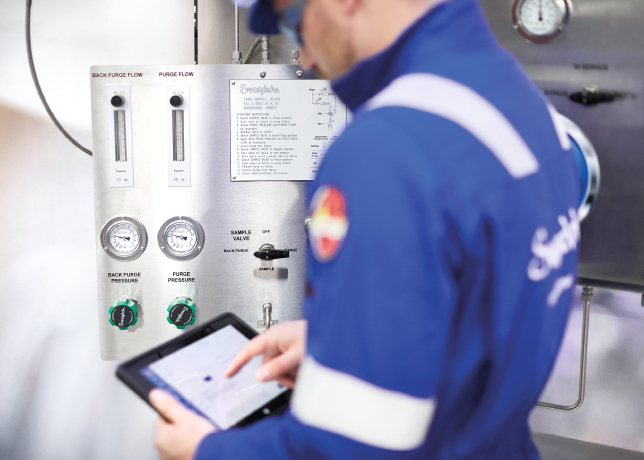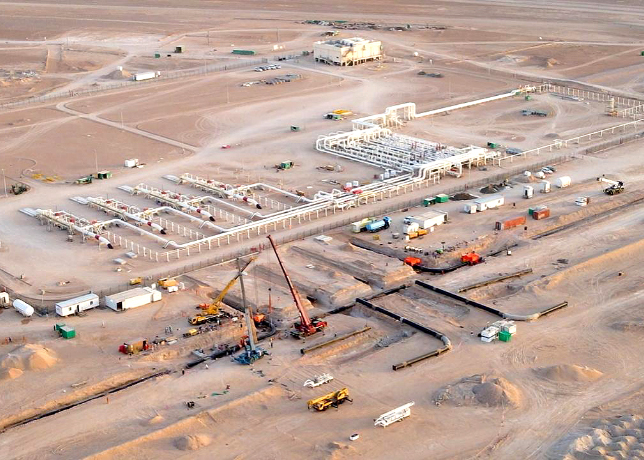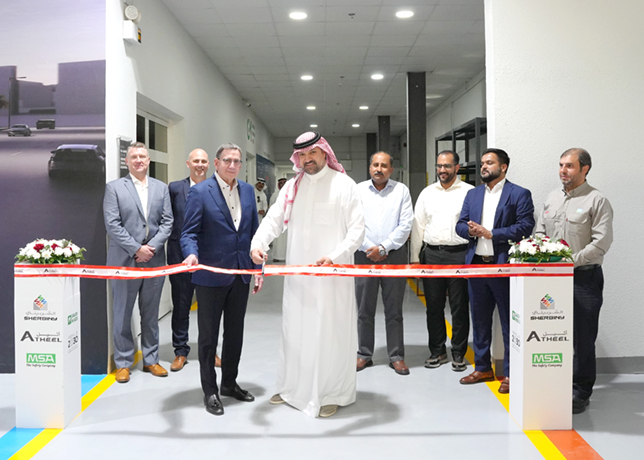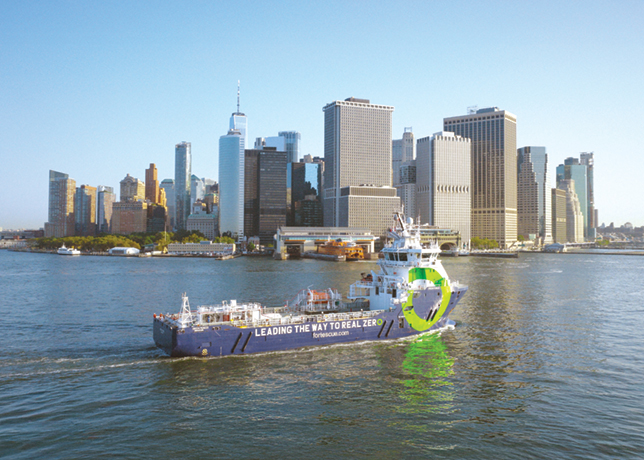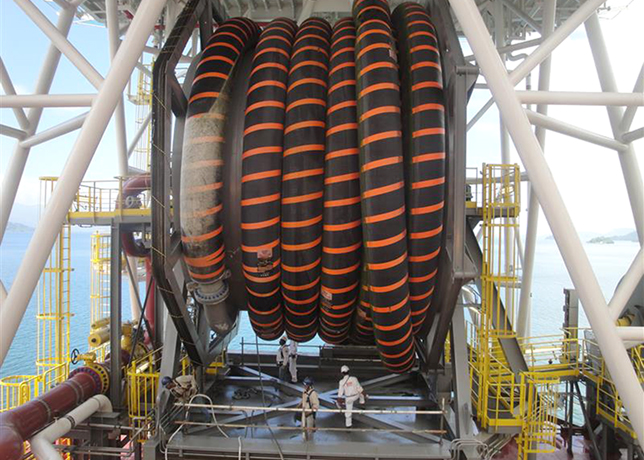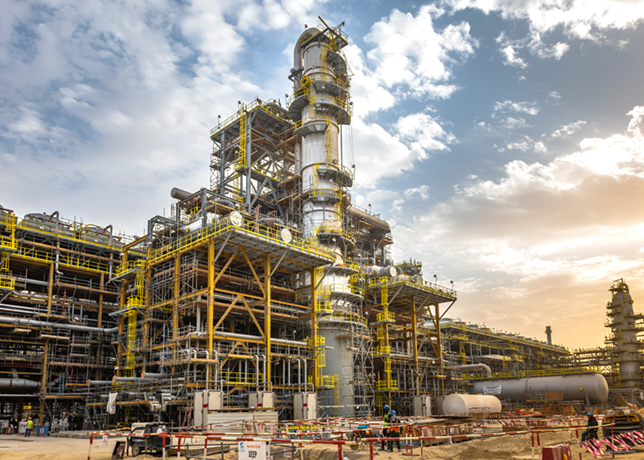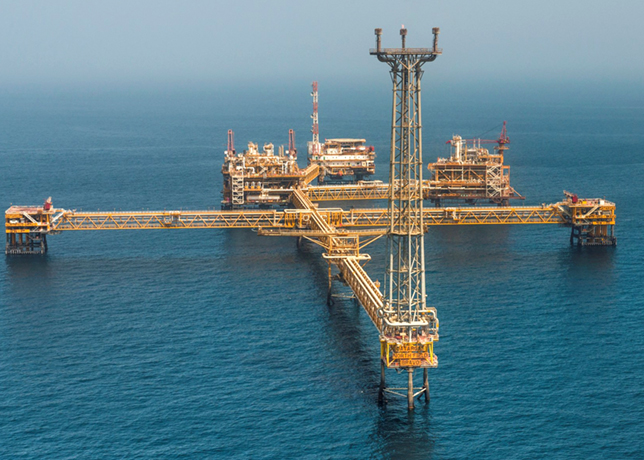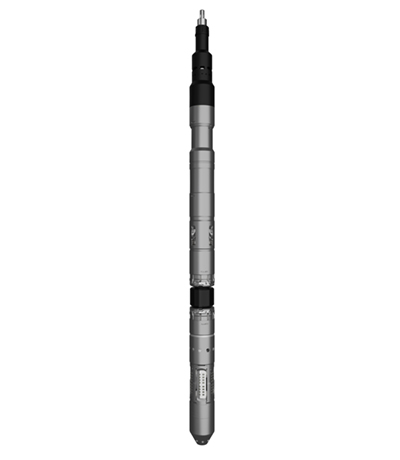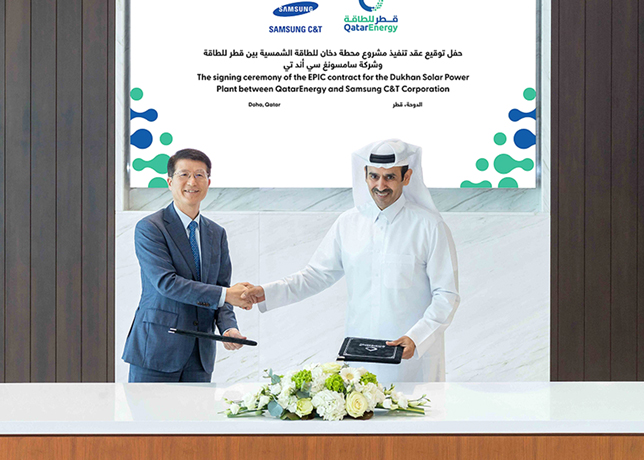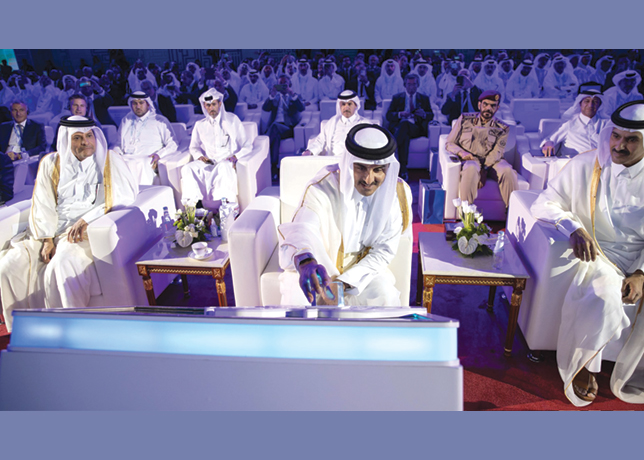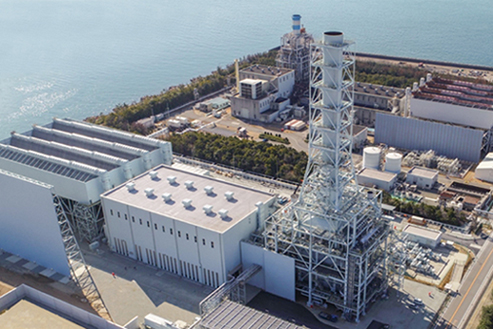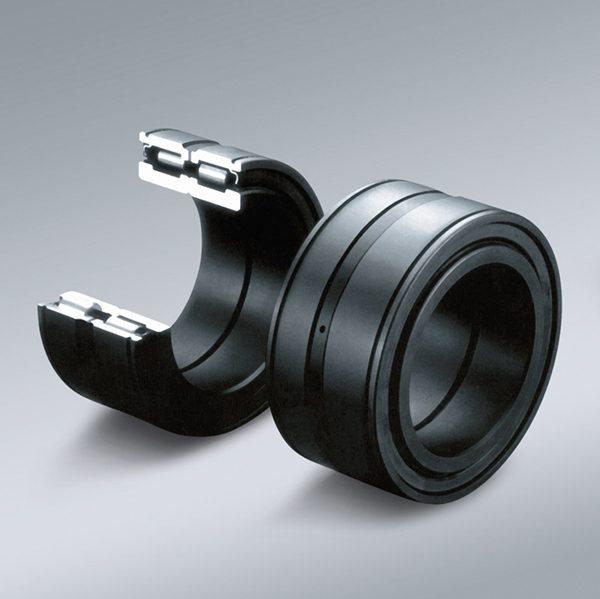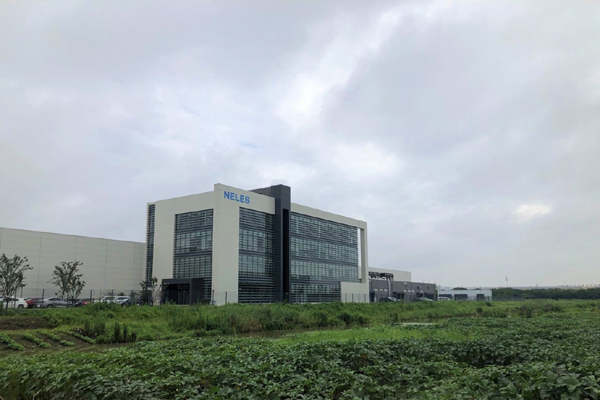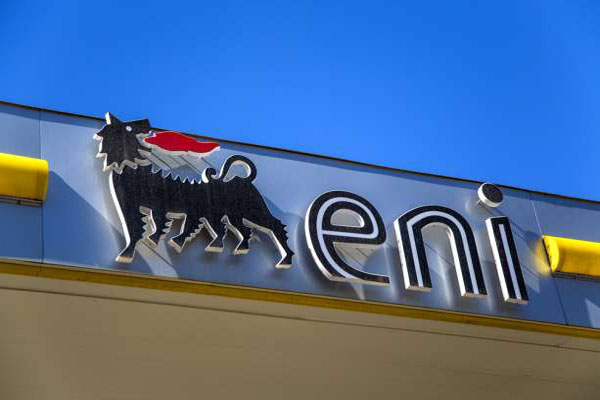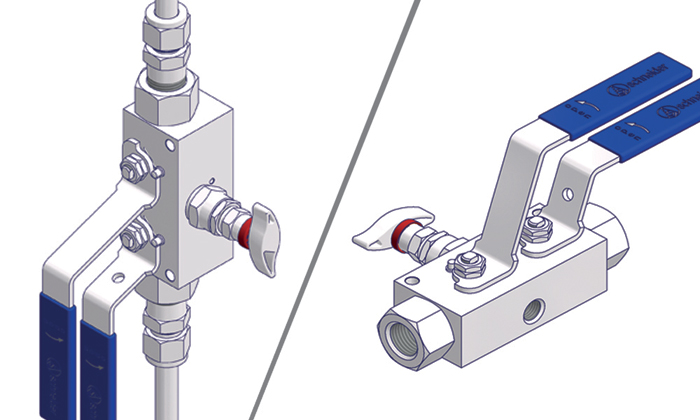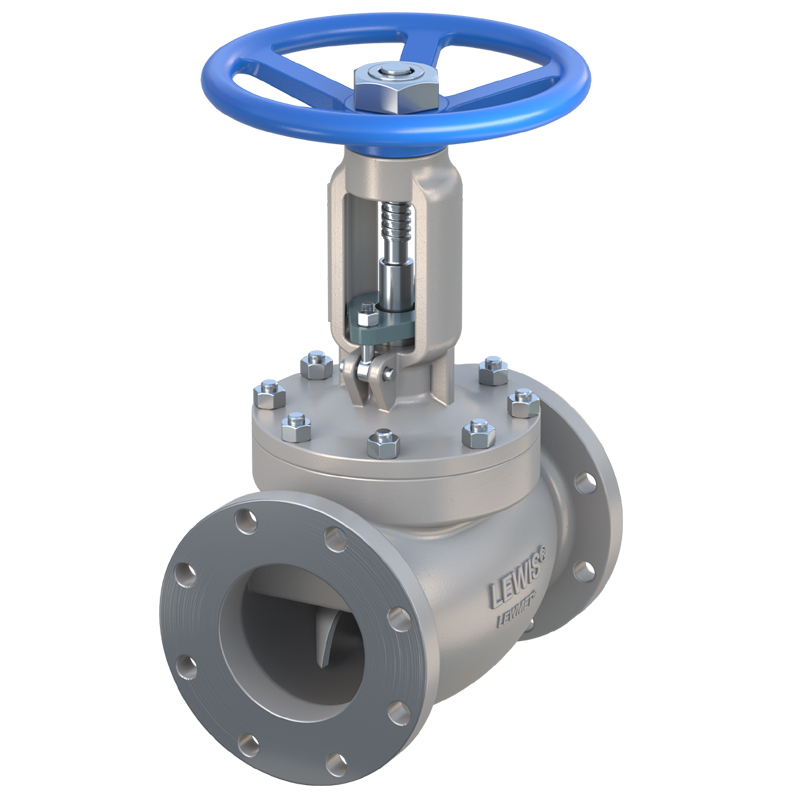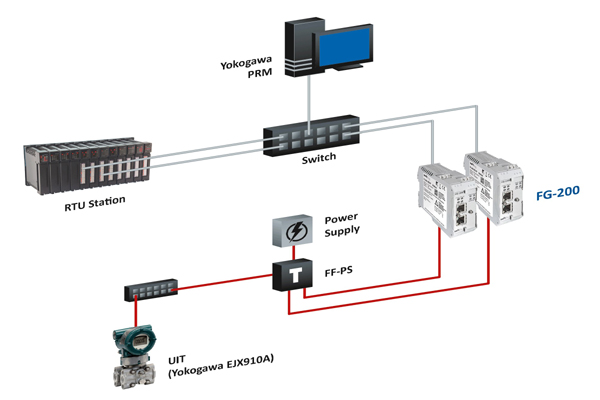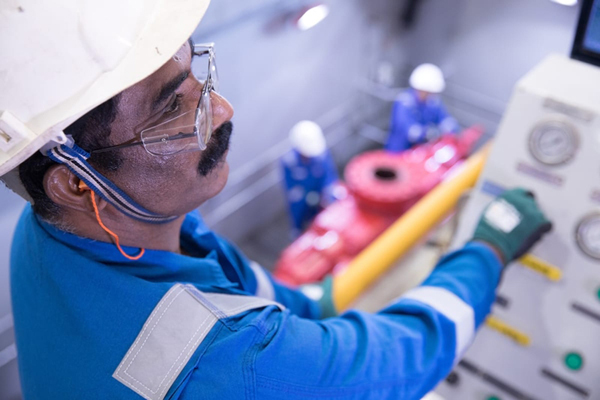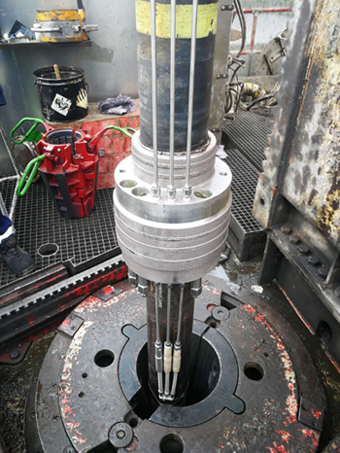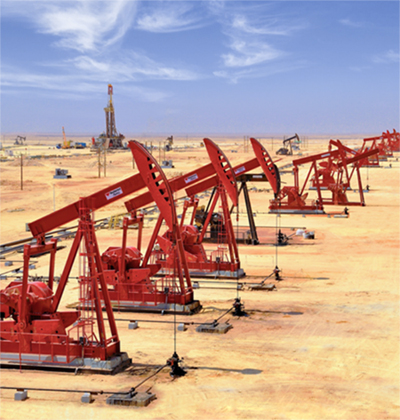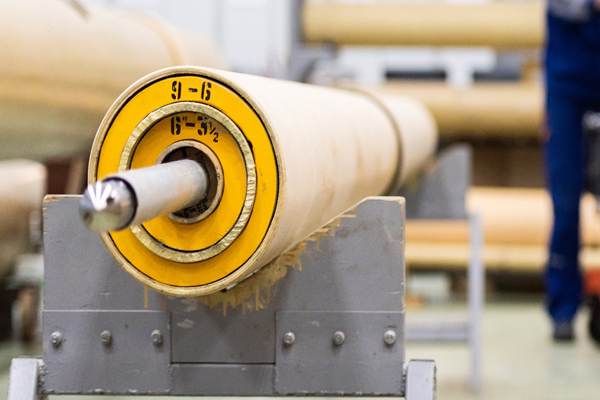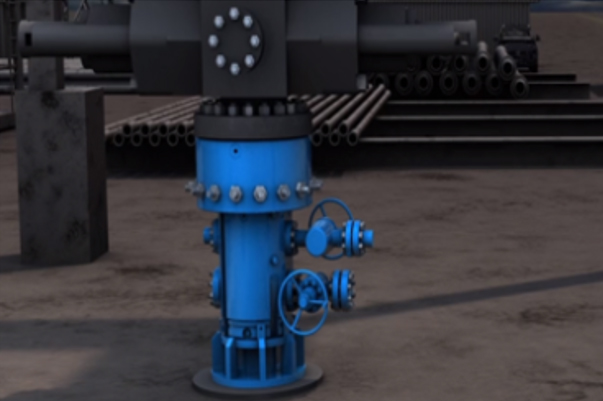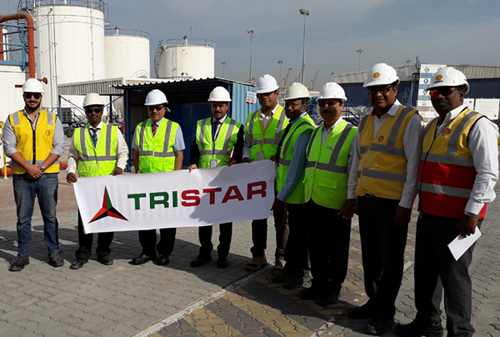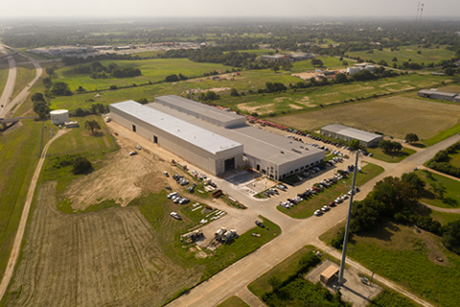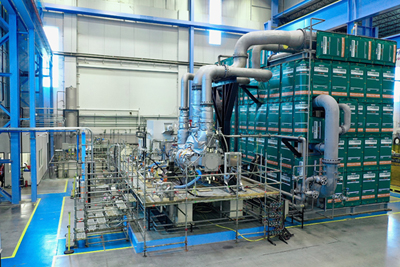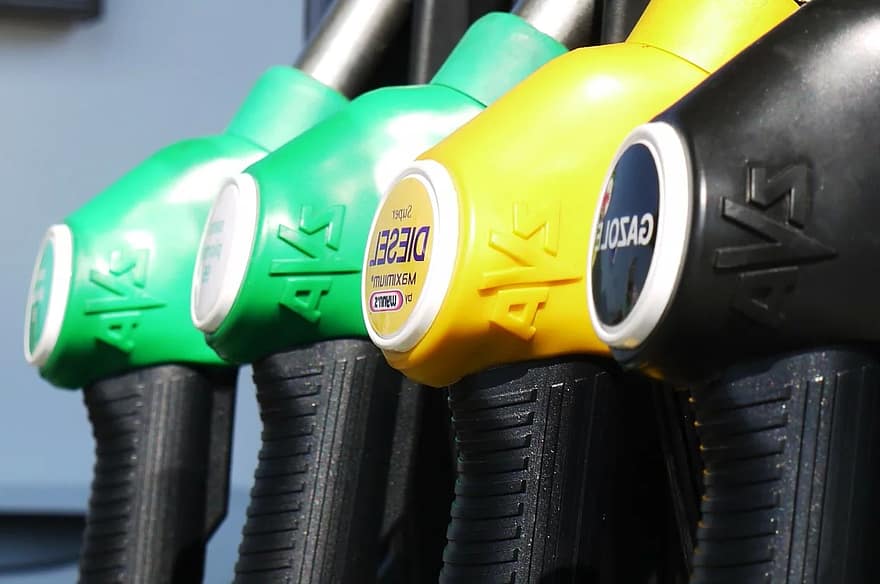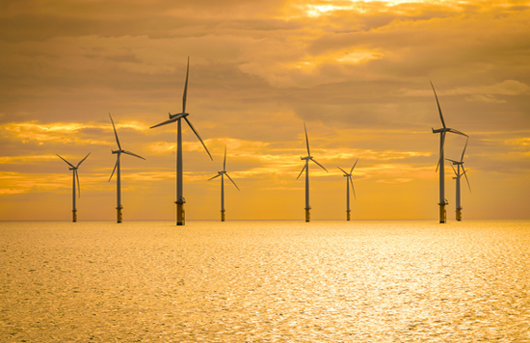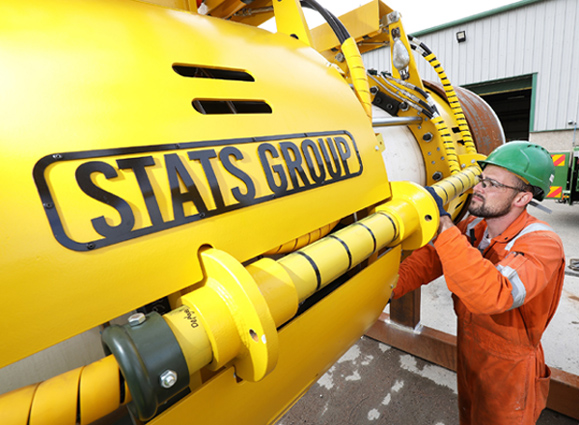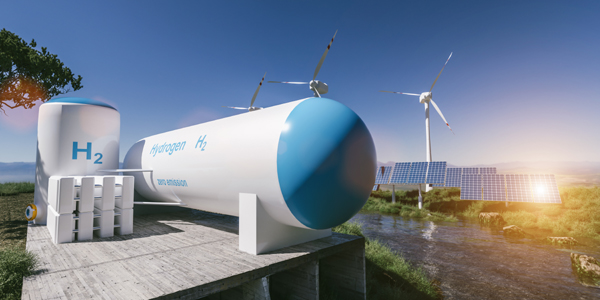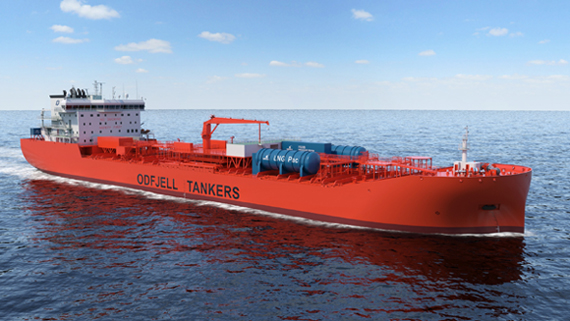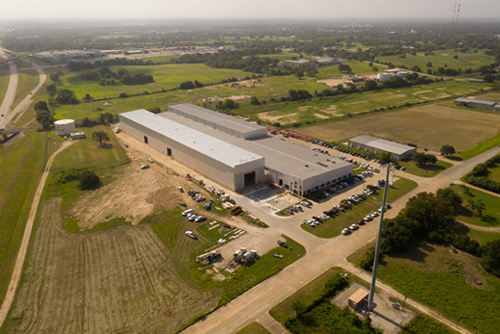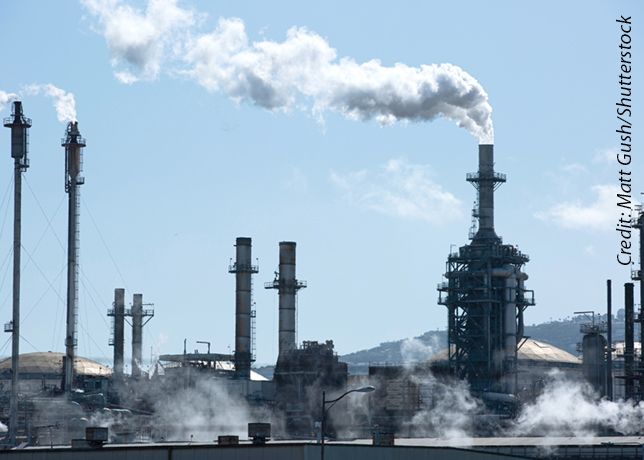
 Operators are increasingly adopting measurement techniques to cut emissionsperformance, and economic resilience in LNG
Operators are increasingly adopting measurement techniques to cut emissionsperformance, and economic resilience in LNG
From 2022-2025 the LNG industry has seen real advances in methane measurement, reporting and verification, but looming EU and US regulations may reshape trade, contracts, and compliance
The methane footprints of liquefied natural gas (LNG) have long lurked in the shadow of carbon discourse, but between 2022 and 2025 the industry has moved toward clearer accountability.
Technological innovations, voluntary certification regimes and rising regulatory pressure have advanced measurement, reporting and verification (MRV) of methane emissions.
Yet the march toward more stringent rules in the US and the EU (EU) promises to drive deeper shifts in contracts, trading behaviour and upstream practices.
From 2022 onward, the oil-and-gas sector more broadly, and LNG operators in particular, began transitioning from coarse emissions estimates and engineering factors towards more measurement-informed inventories.
By 2025 many operators had adopted leak detection and repair programmes, continuous monitoring and site-level measurement techniques.
Satellite programmes, aerial surveys, drone-mounted sensors and continuous point sensors matured, enabling better detection of ‘super-emitters’ and episodic leaks that conventional estimates often miss.
New academic methods strengthened the attribution of observed methane plumes to specific equipment types or facilities.
Some modelling studies showed that self-reported methane intensity metrics understate emissions by an average factor of 16 relative to modelled estimates.
This highlighted the gap between corporate disclosures and independent measurement.
Voluntary frameworks such as the Oil and Gas Methane Partnership (OGMP) 2.0 gained traction, with companies striving toward the highest ‘level 5’ reporting standard that integrates source-level data and site reconciliation.
By 2025 several LNG exporters, particularly in the US, sought certification under independent programmes to signal transparency to buyers.
REPORTING & VERIFICATION: GROWING RIGOR
The evolution in measurement spurred parallel developments in reporting and independent verification.
Companies increasingly published methane inventories disaggregated by subsystem such as liquefaction, storage, regasification and pipeline transfer.
Third-party verifiers were more widely engaged to audit methane data, especially under voluntary or buyer-driven certification schemes.
Audit costs rose as regulators and buyers demanded more granular, high-fidelity verification.
Many jurisdictions still lacked mature accreditation infrastructure and harmonised protocols, slowing alignment of MRV practices.
In sectors adjacent to LNG, such as shipping, the EU expanded its MRV Regulation to include methane emissions in 2024, forcing monitoring plan revisions and third-party verification under the THETIS-MRV platform.
IMPLICATIONS FOR LNG TRADE & CONTRACTS
As MRV sharpened, LNG transactions increasingly embedded methane provisions.
In some sale and purchase agreements, buyers demanded transparency clauses, rights to audit upstream data, and liability allocations for non-compliance.
Because ‘producer’ and ‘exporter’ roles in LNG value chains are often distinct, establishing clear responsibility for data collection and reporting proved a contractual challenge.
Supply chains spanning multiple jurisdictions faced reconciliation between differing MRV standards, particularly when buyers demanded equivalency with forthcoming European rules.
In some cases, title transfer timing was reconsidered to allocate methane accountability more flexibly.
Negotiations suggested that buyers may refuse or renegotiate contracts if upstream methane accountability is opaque or non-verifiable.
REGULATION IN THE EU TO 2030
In August last year, the EU’s Regulation on methane emissions in the energy sector entered into force, creating a pioneering framework of obligations for both domestic producers and importers.
The rules require prohibition of routine venting and flaring, regular leak detection and repair, and independent verification.
Importers of LNG must submit methane-related data from May 2025, including exporter information, MRV methodologies and mitigation practices.
From January 2027, new or renewed supply contracts must commit to MRV standards equivalent to EU rules, or meet the OGMP 2.0 ‘level 5’ benchmark.
By August 2028, importers must report methane intensity for contracts concluded after August 2024, while earlier contracts require ‘all reasonable efforts’ to gather data.
From August 2030, supply contracts must meet a maximum methane intensity threshold to gain access to the EU market.
Penalties, set by member states, may include fines, confiscation of profits or public warnings, but must avoid jeopardising energy security.
Despite industry lobbying for delayed enforcement, the Commission has confirmed its commitment, promising flexibility in implementation but no retreat from the regulation.
US OUTLOOK & CONTINUITY
In the US, domestic methane regulation has been volatile across administrations.
Under the Biden administration, the Environmental Protection Agency (EPA) issued ambitious rules under the Clean Air Act, mandating leak detection, repair and emissions standards for new and modified oil and gas sources.
Under the Trump administration, many of these rules are being reconsidered or rolled back.
Still, US LNG exporters are signalling continuity in methane efforts to serve demanding markets in Europe and Asia, regardless of shifting domestic mandates.
Major exporters have pledged to stick with voluntary methane measures, citing contract risk, buyer demands and reputational pressure.
Trade groups claim members already invested in methane reduction programmes before rules became mandatory.
Meanwhile, US officials have urged Brussels to align methane rules so that American exports automatically meet EU requirements.
LNG SECTOR BRACES FOR TIGHTER COMPLIANCE
Between 2022 and 2025, the LNG sector made meaningful strides toward methane transparency through better instrumentation, granular reporting, third-party audits and contract innovation.
The next five years promise to be even more transformative.
In Europe, the leverage of import regulation means LNG exporters globally must adapt or risk exclusion and reputational harm.
In the US, even if federal rules weaken, export-market demands will likely sustain high standards for methane control.
The sector may bifurcate: Rapid adopters of robust MRV will gain a market ‘green premium’, while laggards may lose access or face penalties.
The accuracy of methane intensity thresholds, the consistency of international standards, and the enforceability of verification will be decisive.
As the world pushes toward the Global Methane Pledge target of a 30 per cent cut by 2030, LNG sits at the intersection of climate ambition, regulation and contract innovation.




